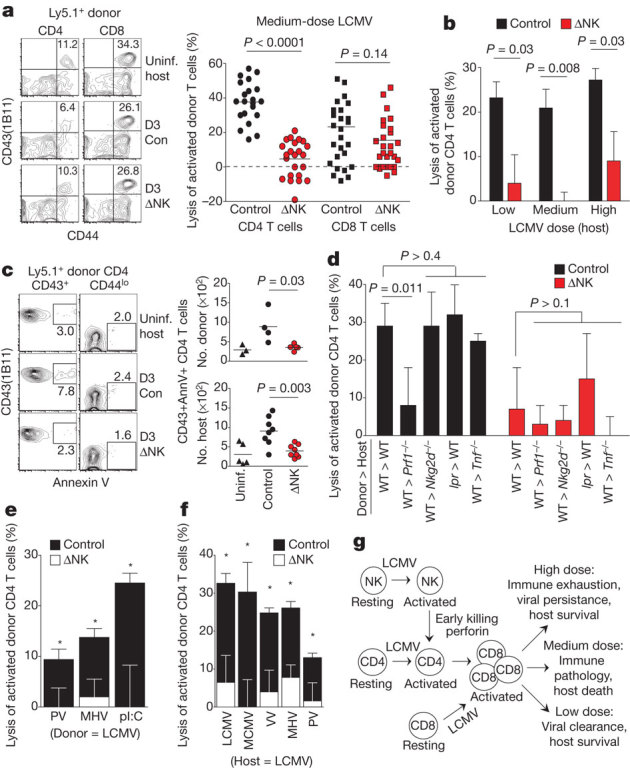Figure 4. NK cells rapidly eliminate activated CD4 T cells.

a–f, In vivo cytotoxicity assays were performed as described in Methods using donor cells from NK-cell-depleted wild-type (Ly5.1+) (a–f) or Faslpr (lpr) (d) mice 4 days p.i. with medium-dose LCMV (a–e) or other viruses (f). Recovery of donor T cells was examined 5 h after transfer into control or NK-depleted (ΔNK) Ly5.2+ mice (a, n = 21–28 per group; b–f, n = 3–5 per group). Host mice were uninfected or inoculated with medium-dose LCMV (day 3 p.i.) (a, c, d, f), various doses of LCMV (day 3 p.i.) (b), or PV (day 2), MHV (day 3) and polyI:C (pI:C) (day 1) (e). a, b, d–f, Lysis (mean ± s.e.m.) of donor T cells in infected relative to uninfected recipient mice; control versus ΔNK mice, *P < 0.05. WT, wild type. c, Annexin V reactivity of donor (Ly5.1+) and host (Ly5.1−) CD4 T cells. g, Proposed model connecting NK-cell killing of CD4 T cells to CD8 T cells and infection outcome in the presence of NK cells.
